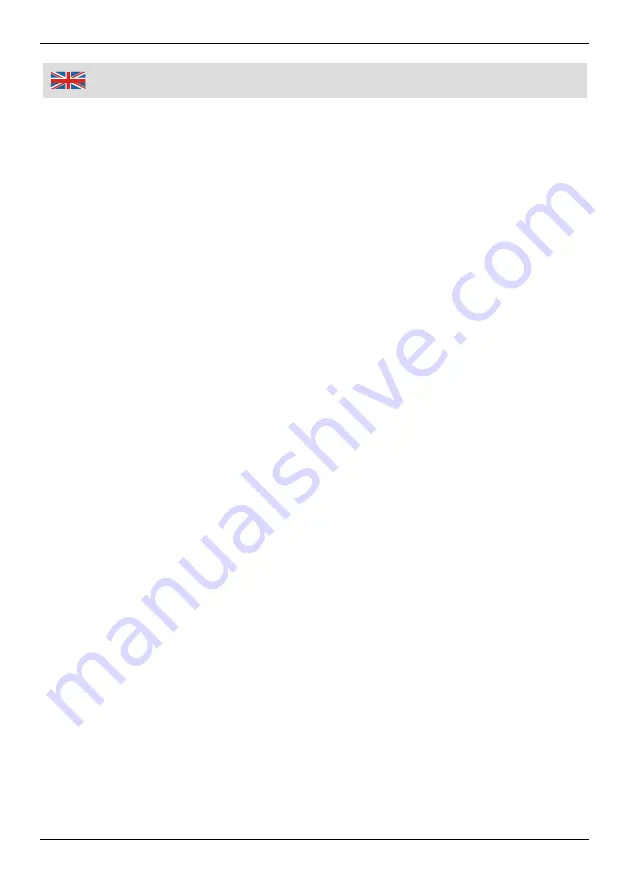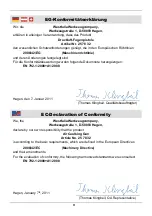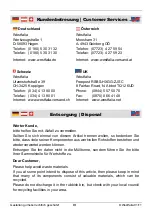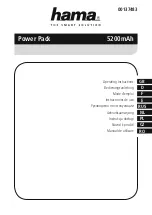
11
Using
9. Lead the tip of the cartridge to the joint you intend to seal and press the trigger
(3). The compressed air jet now presses on the back of the cartridge and
delivers the sealant. The sealant slowly escapes from the nozzle of the
cartridge so it can be processed.
10. Release the trigger to stop the air jet and to stop delivering the sealant.
11. First disconnect the air caulking gun from the air supply when exchanging the
cartridge, when not using the unit, after finished working and when applying
maintenance work. Press the trigger in order to remove any remaining air from
the caulking gun.
Notes:
Perform a test run on a test piece first. Check whether the escaping amount
and the escaping speed of the sealant meets your requirements. If necessary,
use the air flow regulator (4) to adjust the escaping speed.
Before starting with sealing work, observe the following operating hints.
Operating Hints for Sealants
Remove dust, dirt, mildew, oil or sealants residues and humidity from
surfaces that have to be sealed. Only use suitable detergents such as
disinfecting agents or solvent thinner in order to ensure the fresh sealant
will last permanently.
Only take appropriate sealants for the right job as different application areas
and conditions require different sealants.
To achieve clean work it is wise to mask the joint with masking tape and
remove the masking tape immediately after applying sealant.
The joint has to be filled completely. If sealant overflows remove remaining
sealant immediately.
Immediately smooth the sealant with smoothing agent and a sealant
smooth tool.
Rework has to be made promptly before the sealant fully cured.
Observe the operating temperatures labelled on the concerning sealant.
Observe the curing time before undertaking further measures.
Storing Sealants
The shelf life of opened cartridges depends on the ambient temperature
and humidity.




































